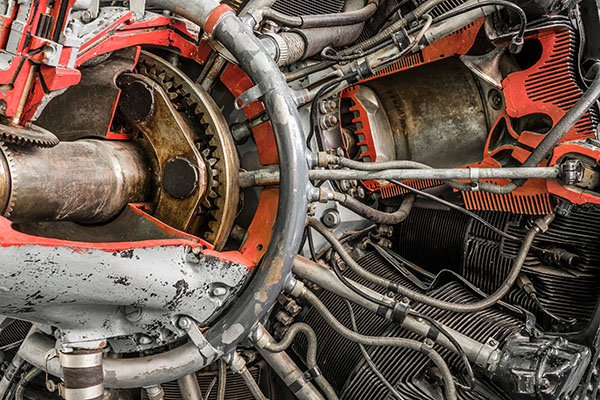
When it comes to engine designs, the rotary engine stands out for its unique approach to generating power. Also known as a Wankel engine (named after its maker), the rotary engine offers distinct advantages and a different operating principle compared to traditional piston engines. In this blog, we will explore how the engines work and a few interesting facts.
At first glance, a rotary engine may look like a conventional engine, but the internal workings are quite different. Instead of pistons moving up and down in cylinders, a rotary engine features a triangular rotor that rotates within an oblong-shaped combustion chamber. The rotor has three sides, creating three chambers within the engine.
How does it intake air?
The engine's operation begins with the intake stroke. As the rotor rotates, one of the three chambers comes into contact with the intake port. The fuel-air mixture enters the chamber as it expands, creating a low-pressure zone.
How does compression work?
During the compression stroke, the rotor continues to rotate, reducing the chamber's volume. This compression increases the pressure of the fuel-air mixture, preparing it for ignition.
Ignition Method
In the combustion stroke, the spark plug ignites the compressed fuel-air mixture - just like in a gasoline engine. The resulting combustion creates high-pressure gasses that push against the rotor, causing it to rotate. Finally, during the exhaust stroke, the rotor moves to the chamber where the exhaust port is located. The spent gasses are expelled from the chamber as it expands, completing one full cycle.
Advantages of Rotary Engines
Rotary engines offer several advantages over traditional piston engines:
- Compact Design: Rotary engines are smaller and lighter compared to piston engines of equivalent power, making them suitable for various applications where space and weight are limited.
- Smooth Operation: The rotary design inherently generates less vibration and provides smoother operation due to the continuous rotational motion.
- High Power-to-Weight Ratio: Rotary engines can produce a high power output relative to their compact size and weight.
Challenges and Considerations
While rotary engines have their advantages, they also come with some challenges and downsides.
- Fuel Efficiency: Rotary engines typically have lower fuel efficiency compared to piston engines due to their design and combustion process.
- Oil Consumption: They require a significant amount of oil for lubrication due to the rotating design, resulting in bigger contact areas.
- Apex Seal Wear: The apex seals, which form the sealing surface between the rotor and the housing, can experience rapid wear over time and may require regular maintenance or replacement.
Talking about engines, is yours performing well? If not, make sure to visit us at Guthrie's Auto Service and we will take care of it!